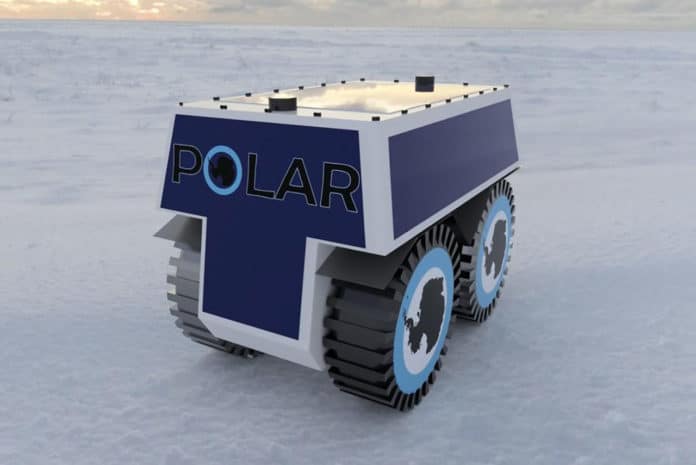Antarctica can provide valuable insights into the consequences of climate change, but conducting research at the South Pole is currently expensive and not very sustainable. It requires research stations and large trucks, for which fuel has to be brought in by air.
Team Polar- consisting of 17 students from eight different faculties at the Technical University of Eindhoven (TU/e), is working on the ‘Antarctica rover,’ an autonomous solar-powered vehicle, that should make climate research on the coldest and most remote continents on earth cheaper, more sustainable and easier. The vehicle is inspired by the Mars rover that collects data in a similar, autonomous manner on planet Mars.
On 28 December, the Team Polar will travel to the South Pole for a two-week period to collect the data needed for the construction of the vehicle. They aim to have their first moving prototype ready next year.
The Antarctica rover will run on built-in solar panels, while sensors must ensure that the vehicle can drive from point A to B without human intervention. The rover will use ground-penetrating radar (GPR) to detect crevasses in the ice. This is necessary in order to drive autonomously, and it will give the possibility to map routes on the Antarctic for research to become more efficient and cost-effective.
“The intensity of the sun is extremely low, as is the temperature. Solar panels and batteries tend to perform poorly in these conditions, so we are looking for ways to make the system more weather-resistant. Also, the white landscape and lack of reference points create a challenge for autonomous driving,” explains team manager Ewout Hulscher from team Polar.
Hulscher and teammate Oscar Mannens will leave for Antarctica at the end of December for tests needed for the development of their self-designed solar vehicle. They will travel by the Commandant Charcot, a hybrid-electric polar exploration ship powered by natural gas. The ship specializes in expeditions to the poles.
The Dutch government’s aim is to make research in the polar regions as sustainable as possible. And the development of the autonomous Antarctica rover could help with this effort.
The engineering on the rover has been split up into three technical domains: first is an electrical domain that focuses on the power supply, power storage, and powertrain of the vehicle. The second one is the mechanical domain that focuses on the chassis, the suspension, the tires, etc. And the last computational domain focuses on the sensors, which will enable the rover to operate autonomously. Besides this, the focus is also on establishing a connection with satellites to enable data transfer in areas with limited coverage.
In this way, Team Polar hopes that more sustainable, autonomous, and affordable scientific research can take place on the South Pole in the future. The rover will also use research equipment to generate the necessary data, which researchers can use to answer important questions.
